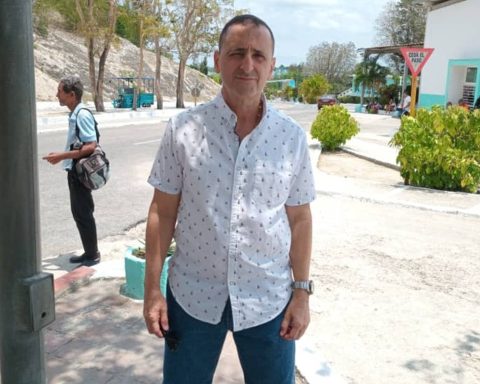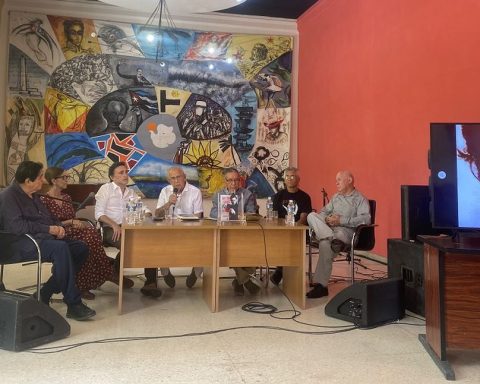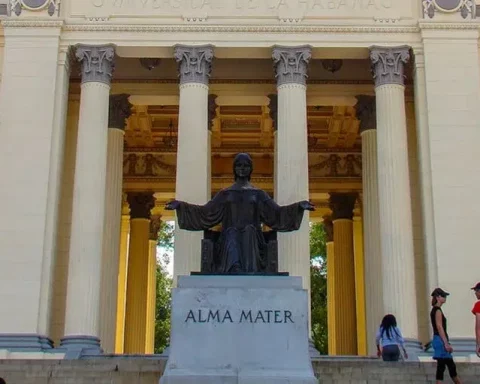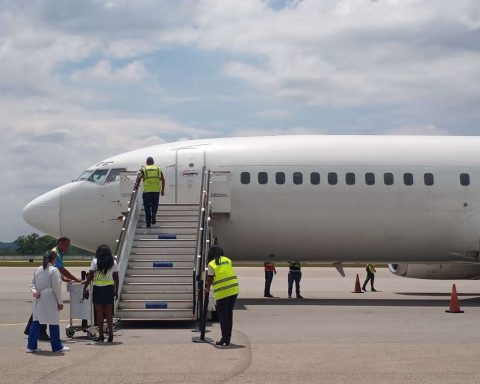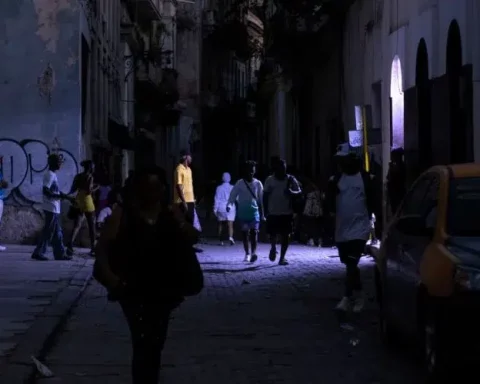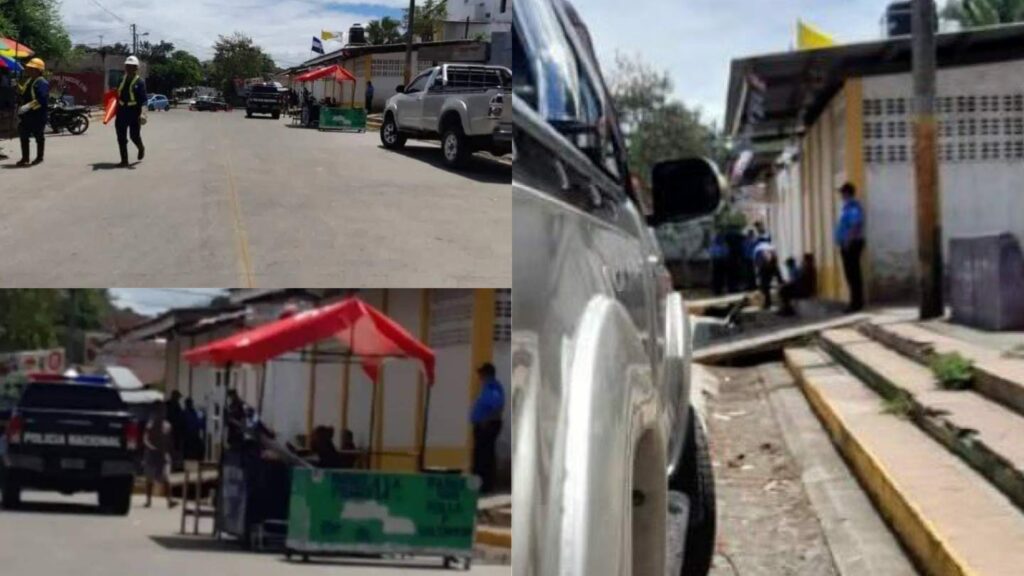Havana Cuba. — When there is a lot of garbage accumulation in a place, the people of Havana usually say: “This looks like a Cayo Cruz”, in reference to what it was for many years the largest landfill From the capital.
During the first North American intervention in Cuba (1898-1902), as part of the sanitation and sanitization tasks in Havana, the sewerage system was built and garbage dumps were created far from the center of the city. Cayo Cruz, a small islet in the Havana bay, in the Tallapiedra cove, was chosen to dump the capital’s solid waste. Before it had been a place of confinement for delinquents, prostitutes and pimps, for which it received the mocking name of Cayo Puto.
The Cayo Cruz dump was closed some time ago, but many Havanans continue to call all the dumps that followed it that way, such as the one on 100th Street, in Marianao, and the one on Ocho Vías, near El Cotorro.
I remember that when I was a child, to throw away the garbage, most people had at home a square can of oil or butter obtained from the storekeeper when he emptied it where leftover food and other waste were thrown. Because at that time no one thought of throwing rubbish on public roads, as many do today.
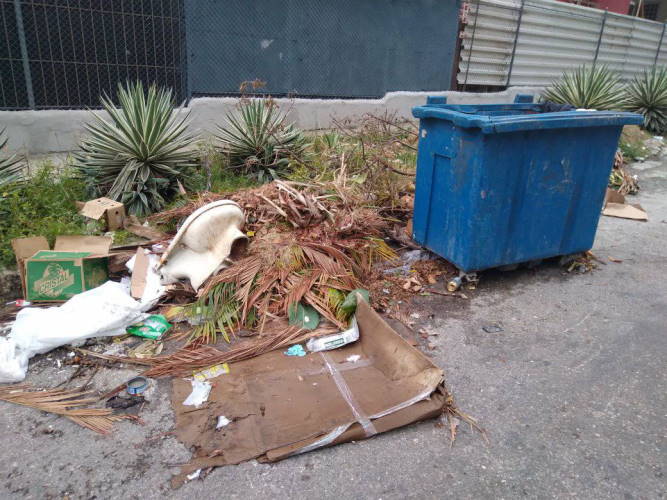
When the truck that collected the garbage passed by, the garbage collectors picked up the cans from the edge of the sidewalk and skillfully threw them to those who were on top of the bed of the vehicle, who very agilely turned over their contents and returned the can to the person below. , and he put it back in its place on the sidewalk. That procedure was modernized in the 1970s with trucks brought from Czechoslovakia that dumped the garbage that was collected from metal tanks that were located on street corners.
But, over time, those trucks and tanks were destroyed and they returned to manual collection.
Currently, thanks to vehicles donated by Japan and China, the garbage is collected more or less regularly. But the current park of such vehicles is insufficient, mainly due to the lack of spare parts.
Garbage is collected from plastic rolling bins, but many are destroyed, or their wheels were stolen to make prams or to sell. It should be noted that in stores at MLC one of these wheels costs $14.40.
As there is a lack of containers and the garbage is not collected daily, in those that do exist, when they are full, the garbage overflows and is scattered on the street, which generates a bad smell and sources of unsanitary conditions.
The so-called “divers”, who rummage through the garbage in the containers in search of useful objects, cans and bottles to sell and food leftovers for the animals, spread the garbage on the sidewalks.
People who carry out construction work in their homes, since they have nowhere to dump the rubble, throw it in the containers and their surroundings. Since the trucks that are currently used to collect garbage cannot load debris, it remains on the road for days until special brigades come to collect it.
The population growth of the city and the uncontrolled emigration of people from other provinces, especially towards peripheral areas, makes it increasingly difficult to collect the enormous amount of garbage that is generated. Recently, the prime minister of the regime, Manuel Marrero Cruz, pointed out the need to find a solution to this serious problem.
Today, the Cuban capital, with so many puddles of sewage and accumulation of garbage and rubble, looks like an immense dunghill, a great Cayo Cruz.

